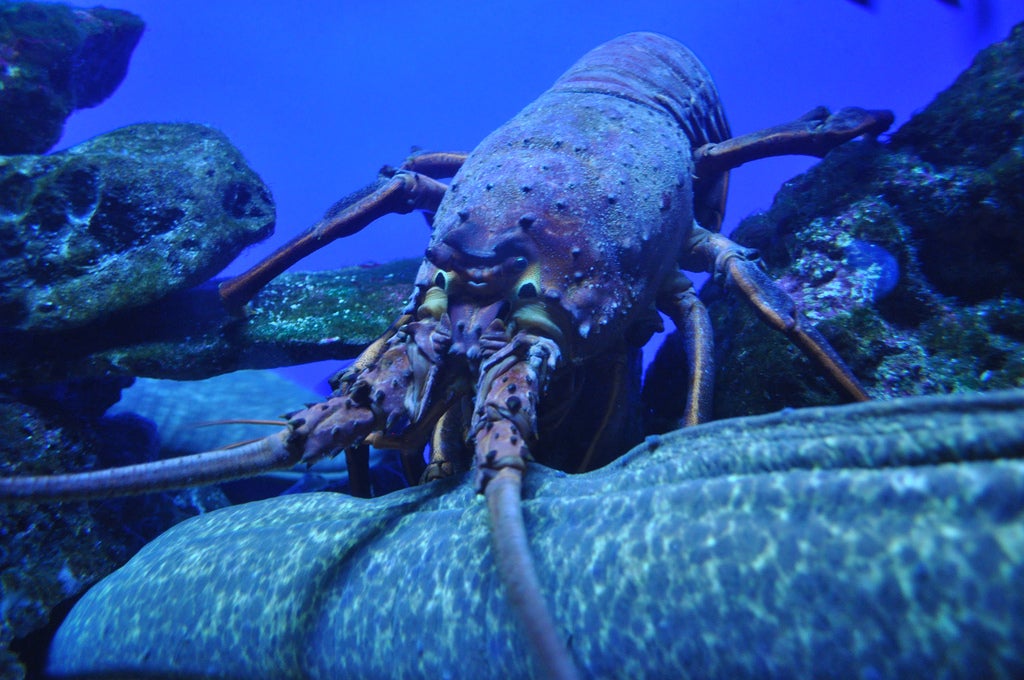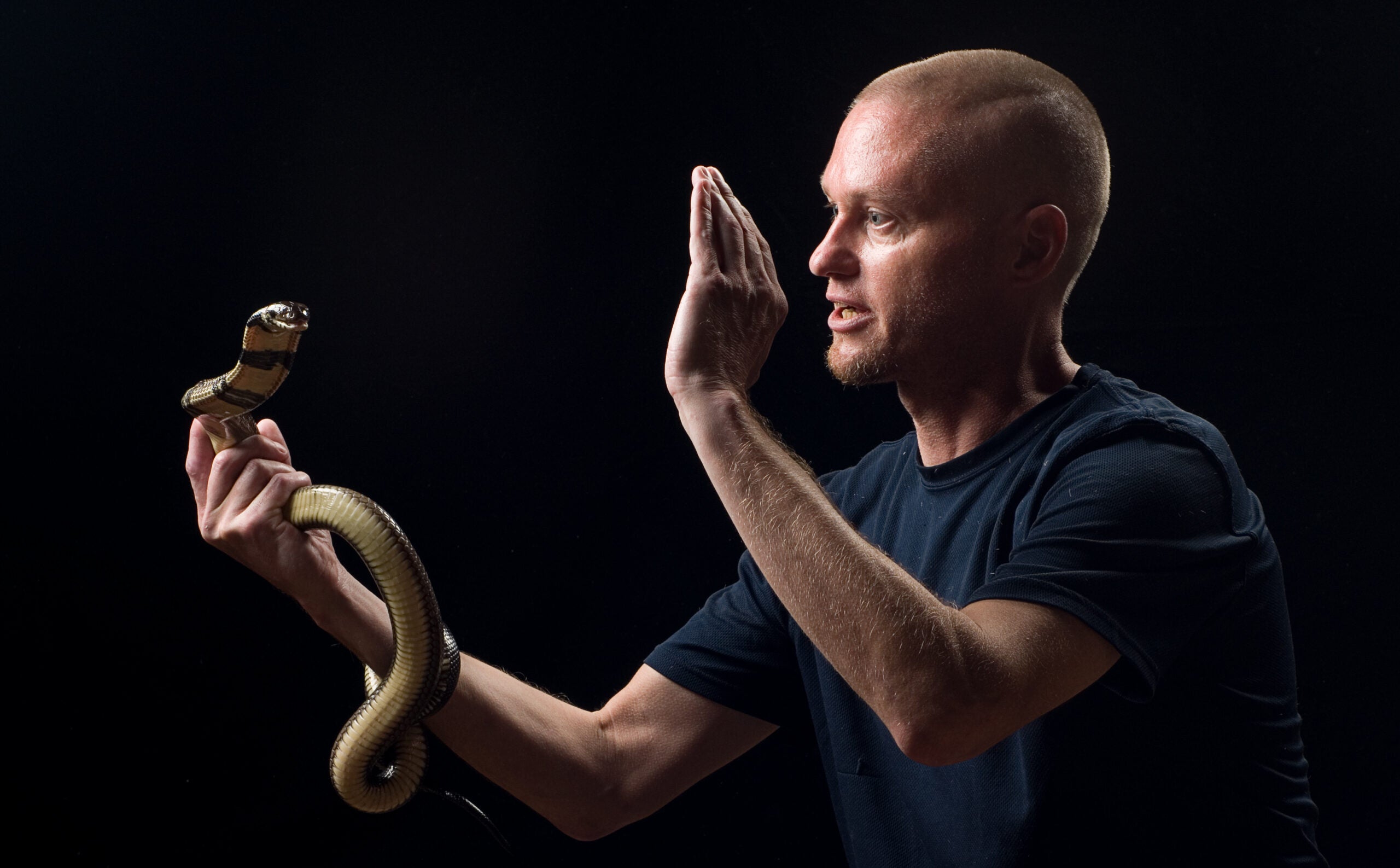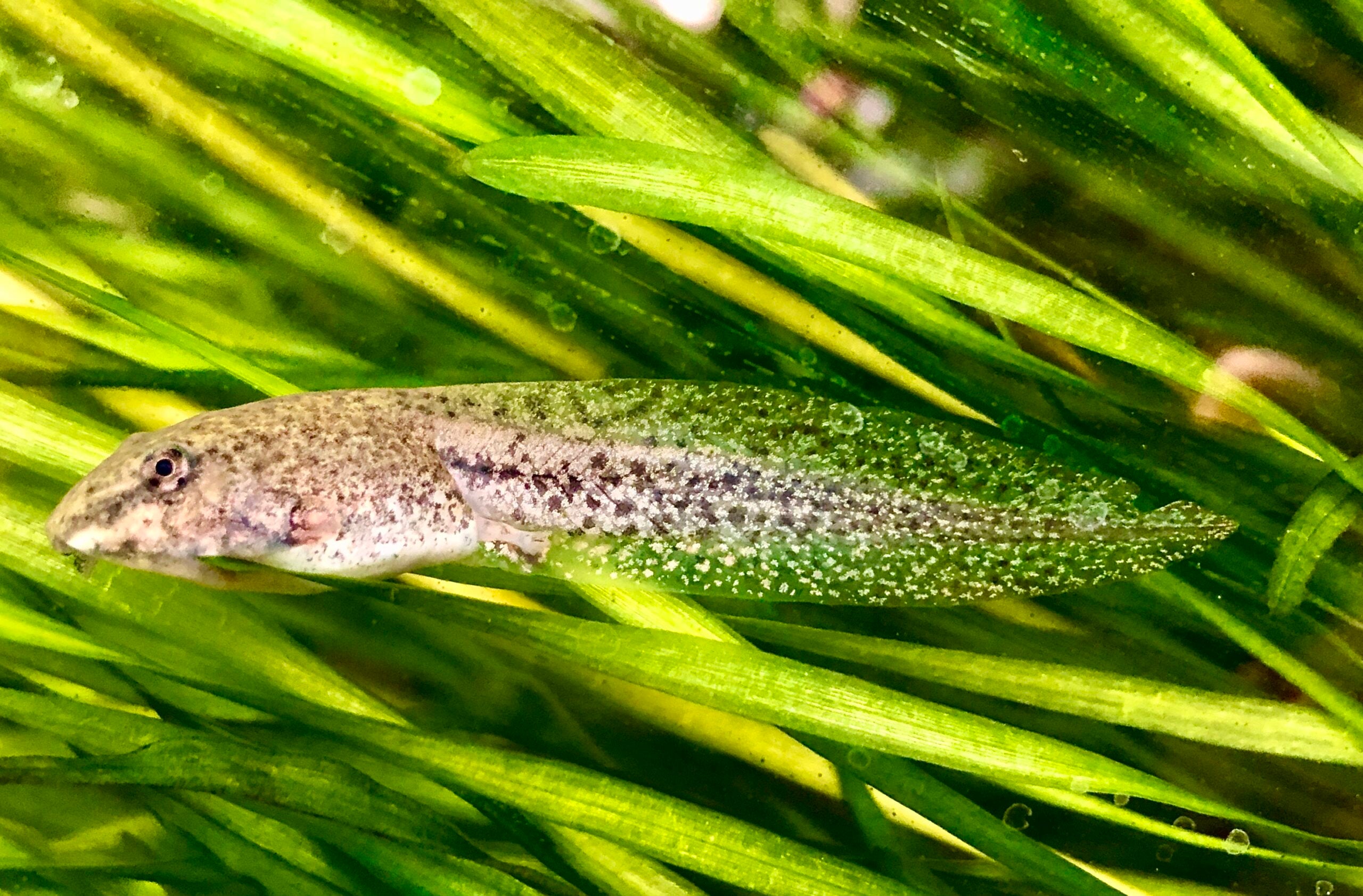We speak with two leading science journalists about the surprising physics behind the daily lives of the creatures who share our world. We explore how the physics of light, heat, sound, fluid, force and electricity help animals survive.
Featured in this Show
-
Why Do Dogs Shake Off Water After A Bath?
Unlike humans, animals can’t turn up the heat if they’re cold or go to the store if they’re hungry. They must rely on their senses, other animals, their bodies and physics. Yes, physics.
Matin Durrani, co-author of “Furry Logic: The Physics of Animal Life,” said the laws of physics allow animals to drink, catch their food, regulate their body temperature and defend themselves, among other things.
Durrani and fellow author Liz Kalaugher took a look at how animals – from peacocks to elephants to bees and eels – use physics in their daily life. The two call their book a ‘howdunit’ rather than a ‘whodunit.’
Some of the most interesting examples of physics can be found in your very own home with cats and dogs, Durrani said.
Some dog owners have gotten a bath of their own when their dog shakes water off after a bath. But the pup isn’t trying to get you wet on purpose.
“Anyone that steps out of a shower on a cold day knows how cold it can be if you let water evaporate off, and no dog is going to wait for that water to evaporate,” Durrani said. “So they shake it off, and it’s a much more energy efficient process.”
Research has shown it takes 5,000 times less energy to shake off the water than to wait for fur to dry on its own, Durrani said, and getting rid of that water is very important. As water evaporates it cools the body, sometimes to the point of hypothermia and possibly death.
That’s where physics comes in. Durrani explained that an animal’s fur can lessen heat loss, keeping it warm, but it can also trap a lot of water. So dogs shake to remove it.
Researchers at Georgia Institute of Technology studied animals with fur and found they all shake off water in the same way – twisting their bodies from side-to-side.
“They all followed the same principles of physics. That to me was really interesting, that nature has evolved in that way. That all animals do it in the same way,” Durrani said.
The furry animals may all shake off water the same way, but how they drink it is another story. Cats drink water in a very different way than dogs, Durrani and Kalaugher said. If you have been around the two, you may have noticed dogs can make a real mess when drinking water, but cats rarely do.
“Cats drink really elegantly,” Durrani said. “But dogs are really messy drinkers, they kind of ladle, not lap.”
Forces between water molecules and the many tiny hairs covering a cat’s tongue make liquid stick to the tongue, the authors said.
“The cat has a three-stage process,” Durrani said. “It sticks its tongue out on to the surface of the water, it doesn’t go into the water. And then it curls the tip up and lifts a column of fluid up and snaps it into its mouth.”
The cat repeats the process, three or four times a second until its mouth is full, and then it swallows. The cat continues to repeat the process until it’s no longer thirsty.
In contrast, the dog uses its tongue to scoop the water into its mouth. It’s can be pretty messy, Durrani said; but don’t blame the dog, blame physics.
Episode Credits
- Larry Meiller Host
- Jill Nadeau Producer
- Matin Durrani Guest
- Liz Kalaugher Guest
Wisconsin Public Radio, © Copyright 2025, Board of Regents of the University of Wisconsin System and Wisconsin Educational Communications Board.



